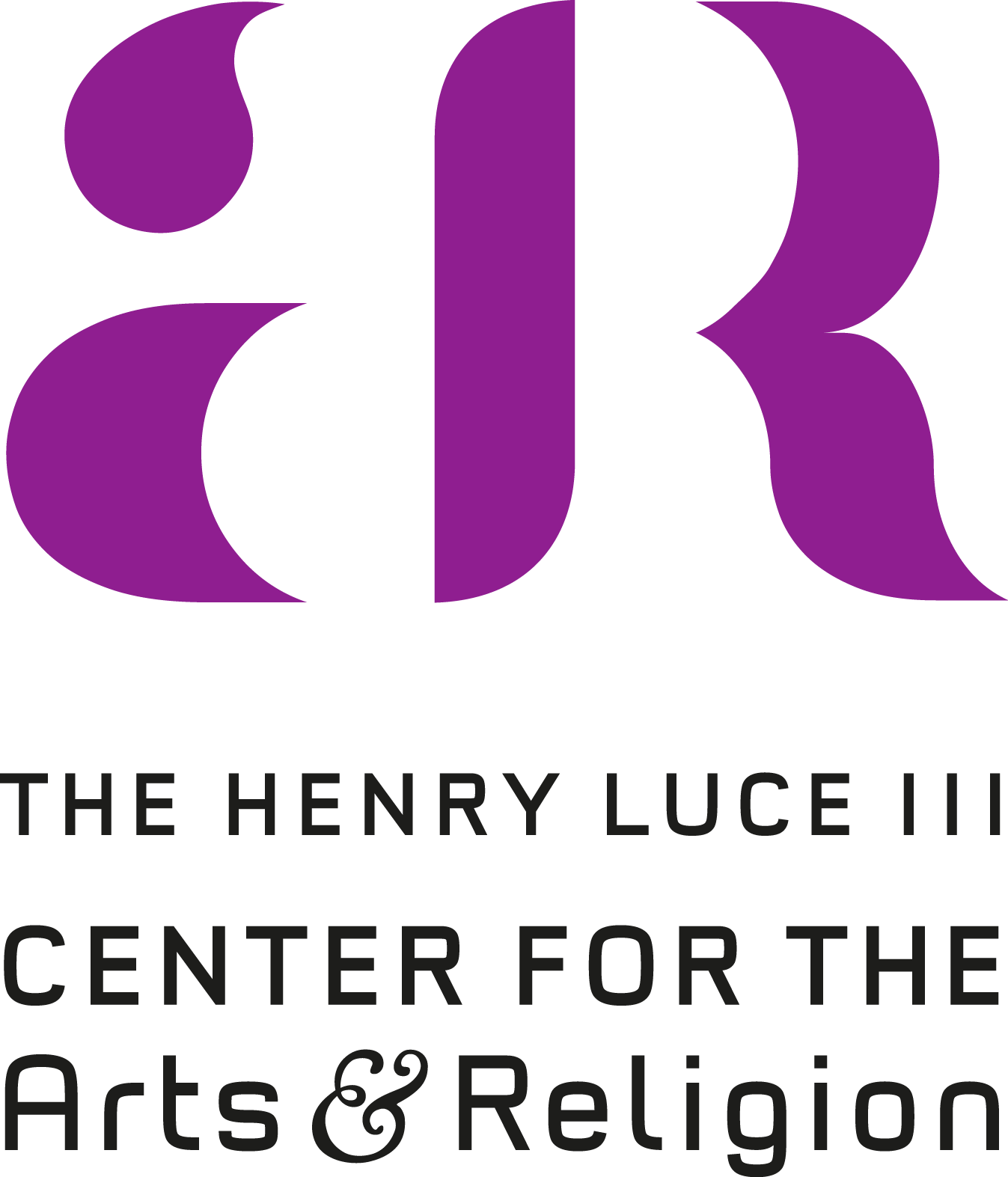Michel d’Anastasio
If I Forget Thee, O Jerusalem, 2020
15 x 22”
Acrylic ink on Rives BFK using Automatic pen and pointed nib
In 2004, French calligrapher Michel d’Anastasio discovered his Jewish ancestry via genealogy research. This sent him to Israel and training in Hebrew calligraphy; since then, he has become one of the most well-known Hebrew calligraphers in France. This piece exemplifies his trademark style: short phrases from Jewish tradition, using letters with water-based ink that show his bodily motions, complemented with thin lines outlining the shapes of the Hebrew letters. This piece explores the connection between artistic process and textual content through his rendition of the bolded verse (v. 5) below from Psalm 137:
By the rivers of Babylon—
there we sat down and there we wept
when we remembered Zion.
On the willows there
we hung up our harps.
For there our captors
asked us for songs,
and our tormentors asked for mirth, saying,
‘Sing us one of the songs of Zion!’
How could we sing the Lord’s song
in a foreign land?
If I forget you, O Jerusalem,
let my right hand wither!
Let my tongue cling to the roof of my mouth,
if I do not remember you,
if I do not set Jerusalem
above my highest joy. (Ps 137:1–6)
Though the psalm portrays the trauma of ancient Israel’s exile from Jerusalem into Babylon, Jewish tradition has long employed it as a symbol for Israel’s long exile from Jerusalem beginning with the destruction of the Temple in 70 CE.
When the psalm opens, the Israelites, dwelling tearfully in Babylon, are asked a cruel request:
For there our captors
asked us for songs,
and our tormentors asked for mirth, saying,
‘Sing us one of the songs of Zion!’ (Ps 137:3)
The captors get a song of Zion alright—but not a song of joy. Instead they get Psalm 137, a lament. D’Anastasio captures the music of Psalm 137 through his use of dancing letterforms. While Hebrew letters tend to be either horizontal or vertical, d’Anastasio makes the horizontals into diagonals, moving upward from right to left like the direction of reading in Hebrew. This gives the letters a sense of movement and energy, much like the use of Italic script in English. These letters also do not follow a perfectly horizontal line of writing, but jump up and down. He also traces their shapes with a fine point nib, to create a visual sense that the letters are vibrating and shaking. Finally, the letters are very close together, at times overlapping. If this were music, it would be loud—but not the booming joy of Psalm 150. Rather, it is a loud lament, bellowing the blues.
The verse which d’Anastasio pens, powerful within the psalm, carries extra irony in the hands of this calligrapher:
If I forget you, O Jerusalem,
let my right hand wither! (Ps 137:5)
Here the speaker in exile swears an oath to not forget Jerusalem, not forget where he is from. Biblically, the right hand represents power and agency; letting it wither away suggests weakening, a more challenging disability than the left hand. Picking up on the psalm’s mention of “the songs of Zion,” some suggest that the loss of tongue and right hand refers to the inability to sing and play the lyre. For a calligrapher, the right hand withering means the inability to write. Calligraphers, like athletes, are often forced to retire by their bodies. (Arthritis is a common culprit.) Losing the right hand would mean losing one’s powers, losing a crucial way for the scribe to praise God. The irony: d’Anastasio is left-handed.
FInally, my eye is drawn to the visual rhythm of the word at bottom, “my right hand.” Of the word’s five letters, the first, third, and fifth are symmetrical: yod-mem-yod-nun-yod. This last happy coincidence underlines the musical rhythm of this piece as a whole, a rhythm not created by a musical performance, but by the visual music of the page.
—Homrighausen
Further Reading:
“Meet The Artist: Michel D’anastasio.” Judaica in the Spotlight, July 5, 2019
Europa Scriptorium, Marí Emily Bohley, Ewan Clayton, Michel D’Anastasio, Maya Huber, Izzy Pludwinski, and Andrea Wunderlich. Sacred letters, sacred words: Europa Scriptorium 2015 = Heilige Buchstaben, heilige Worte, 2016.
On Psalm 137, see David W. Stowe, Song of Exile: The Enduring Mystery of Psalm 137 (New York: Oxford University Press, 2016).



